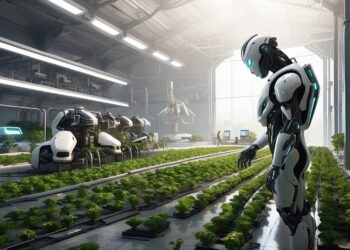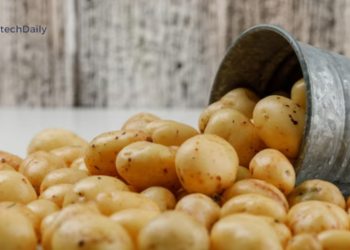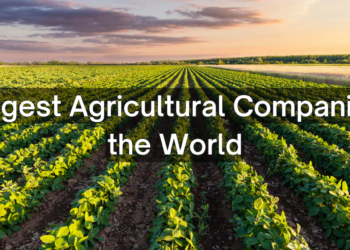Agriculture has come a long way since the traditional outdoor farming practices of the past. With the advent of technology, indoor and vertical farming systems have emerged as innovative solutions for growing crops in urban areas and reducing the negative impacts of conventional agriculture.
Benefits of Indoor and Vertical Farming Systems
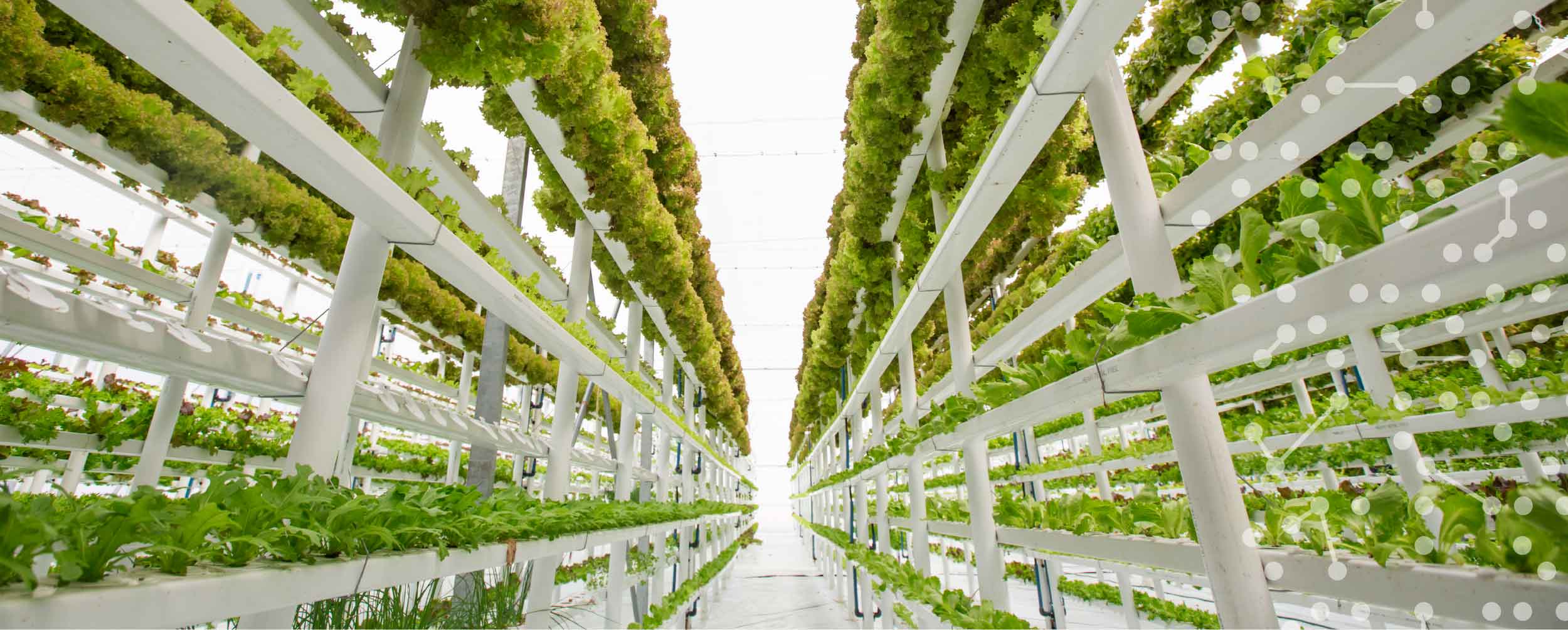
- Controlled Environment: Indoor and vertical farming systems provide a controlled environment where temperature, light, humidity, and other environmental factors can be precisely monitored and adjusted. This allows for the optimization of growing conditions, leading to improved crop yields and quality.
- Water Conservation: Indoor and vertical farming systems use significantly less water compared to traditional outdoor farming methods, making them more sustainable and environmentally friendly. This is because the closed environment of indoor and vertical farms allows for the reuse and recycling of water, reducing the amount of water needed for irrigation.
- Pesticide-Free: Indoor and vertical farming systems eliminate the need for harmful pesticides, as the controlled environment reduces the risk of pest and disease outbreaks. This results in a healthier and safer food supply for consumers.
- Year-Round Production: Indoor and vertical farming systems allow for year-round production, regardless of weather conditions or seasonal changes. This ensures a constant supply of fresh produce and eliminates the need for transportation of food from far-off locations.
- Food Security: Indoor and vertical farming systems provide a reliable and sustainable food source in urban areas, where access to fresh produce can be limited. This ensures food security for local communities, particularly in areas where traditional agriculture is not possible due to a lack of fertile land or water.
Challenges of Indoor and Vertical Farming Systems
- High Energy Costs: Indoor and vertical farming systems require large amounts of energy for lighting, heating, and cooling, leading to high energy costs. This makes them less economically viable for small-scale farmers and can limit their growth and expansion.
- Technical Expertise: Indoor and vertical farming systems require specialized knowledge and technical expertise, including an understanding of plant biology, lighting, and hydroponic systems. This can limit the number of individuals and businesses who are able to enter this market.
- Limited Variety: Vertical farming systems are limited in the variety of crops they can grow, as they are designed for specific types of plants. This can result in a limited food supply and a lack of diversity in the types of food available to consumers.
- Scalability: Indoor and vertical farming systems can be difficult to scale, as they require large investments in infrastructure and technology. This can limit their growth and expansion, and make it difficult for farmers to meet the growing demand for fresh produce.
Disadvantages of Indoor and Vertical Farming Systems include:
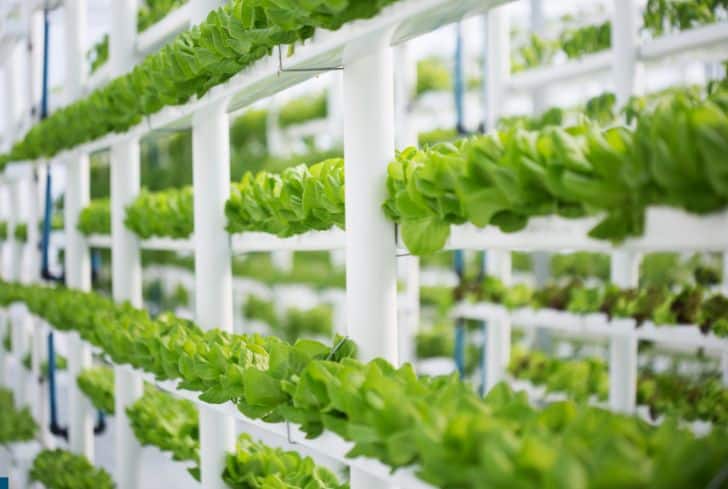
- High Energy Costs: Indoor and vertical farming systems require large amounts of energy for lighting, heating, and cooling, leading to high energy costs. This makes them less economically viable for small-scale farmers and can limit their growth and expansion.
- Technical Expertise: Indoor and vertical farming systems require specialized knowledge and technical expertise, including an understanding of plant biology, lighting, and hydroponic systems. This can limit the number of individuals and businesses who are able to enter this market.
- Limited Variety: Indoor and vertical farming systems are limited in the variety of crops they can grow, as they are designed for specific types of plants. This can result in a limited food supply and a lack of diversity in the types of food available to consumers.
- Scalability: Vertical farming systems can be difficult to scale, as they require large investments in infrastructure and technology. This can limit their growth and expansion, and make it difficult for farmers to meet the growing demand for fresh produce.
- High Initial Investment: Vertical farming systems require a significant initial investment in infrastructure and technology, which can make it difficult for small-scale farmers and businesses to enter the market.
- Maintenance Costs: Vertical farming systems require regular maintenance and upgrades to maintain optimal growing conditions, leading to additional costs for farmers and businesses.
- Complex Systems: Vertical farming systems can be complex and difficult to manage, particularly for those with limited technical expertise. This can lead to operational difficulties and reduced efficiency.
Conclusion
In conclusion, vertical farming systems are innovative solutions that have the potential to revolutionize the way we grow food. By providing a controlled environment, reducing water usage, and producing a pesticide-free food supply.
Vertical farming systems offer a number of benefits for farmers, consumers, and the environment. However, these systems also face significant challenges, including high energy costs, the need for technical expertise, and scalability issues.
It is essential that the agricultural sector continues to invest in the development and improvement of vertical farming systems, in order to overcome the challenges and fully realize their potential. By doing so, we can ensure a sustainable and secure food supply for future generations and contribute to a more sustainable and environmentally responsible agriculture sector.



